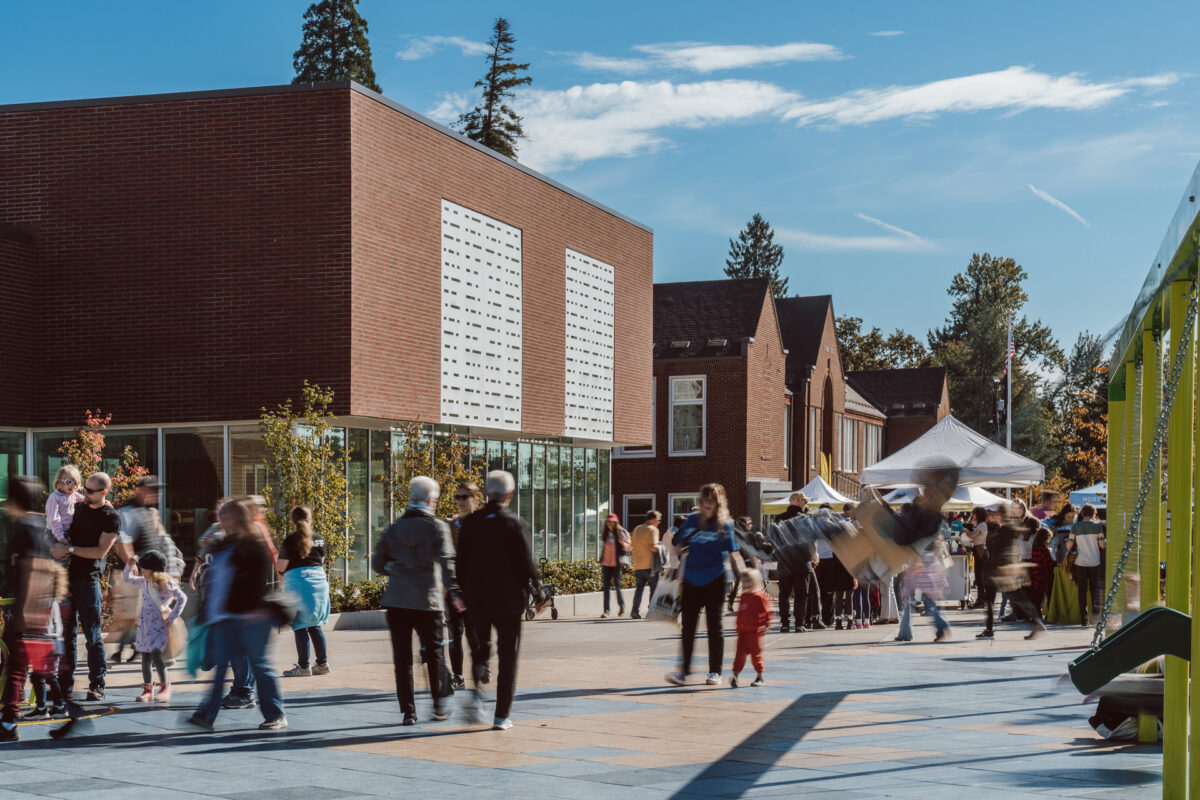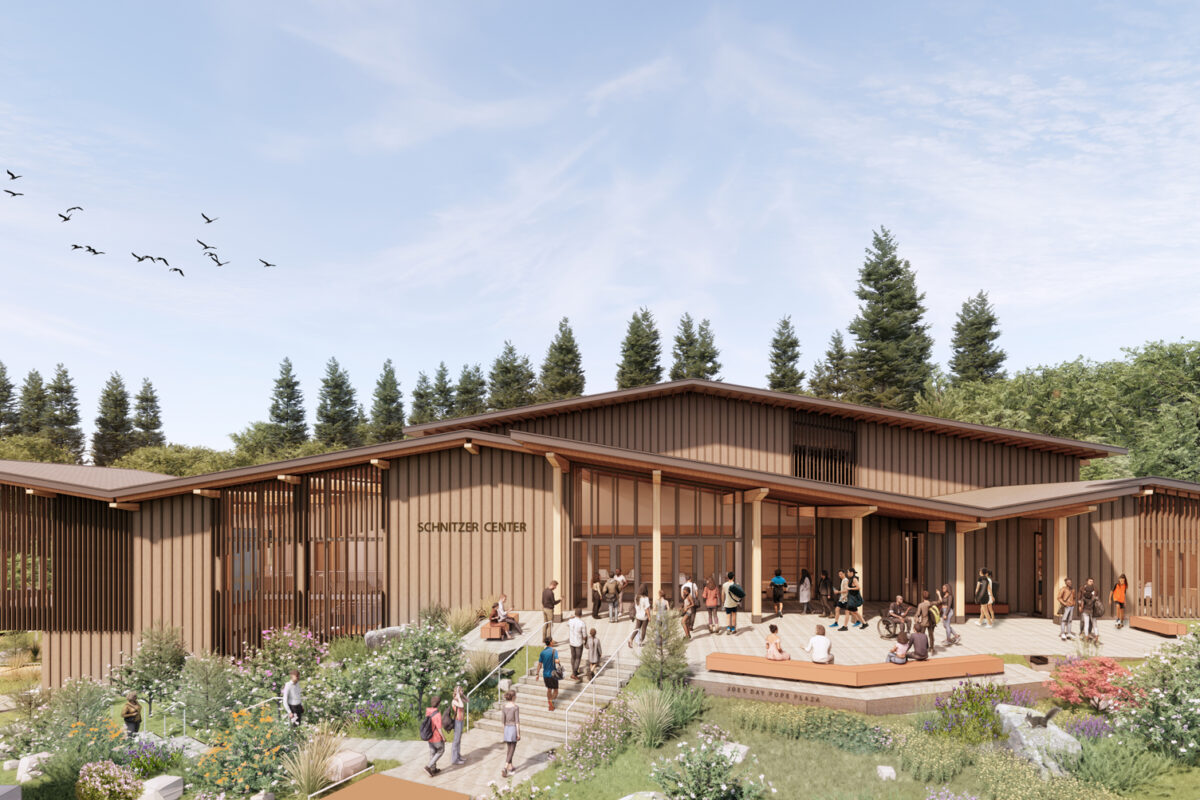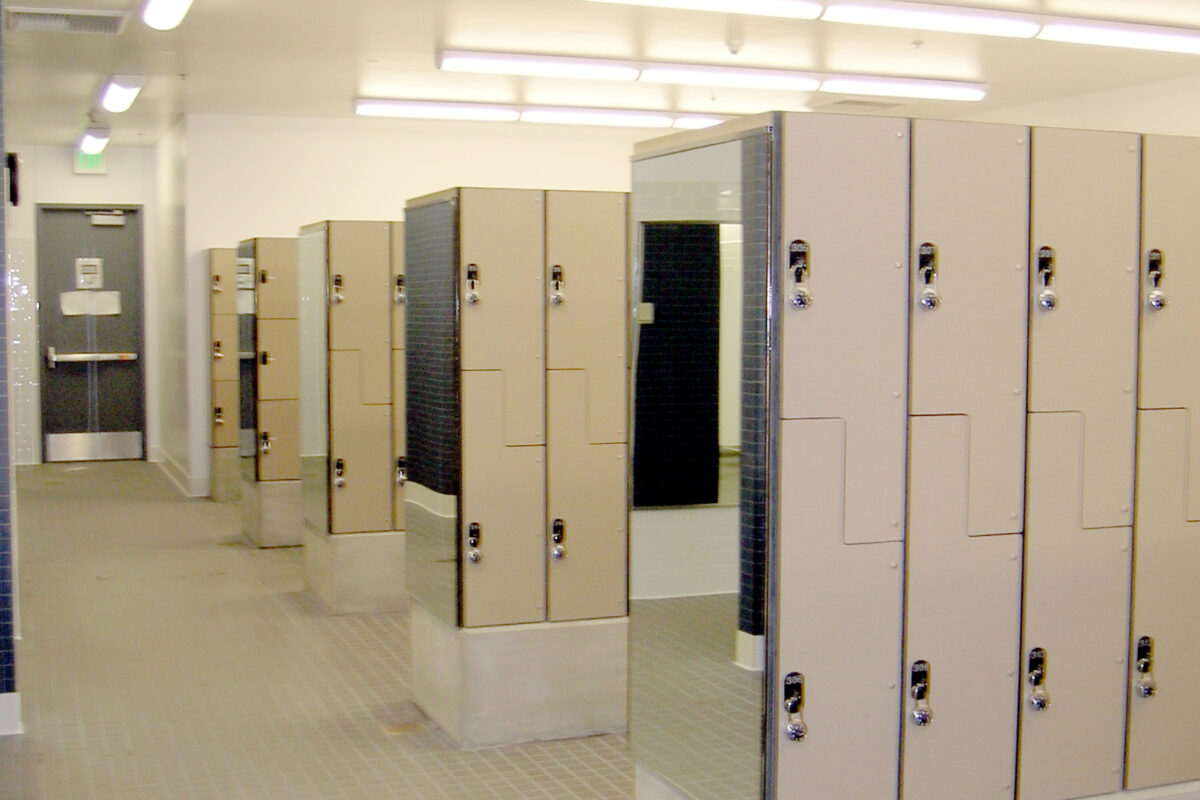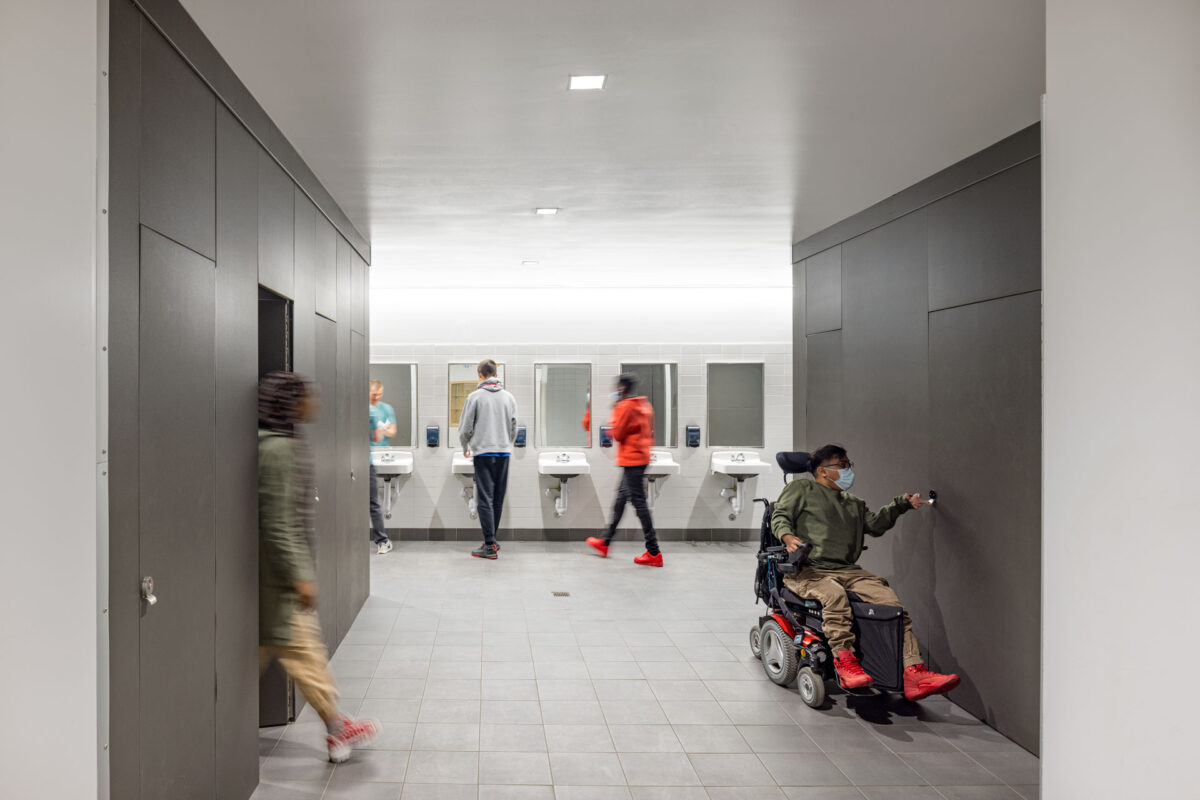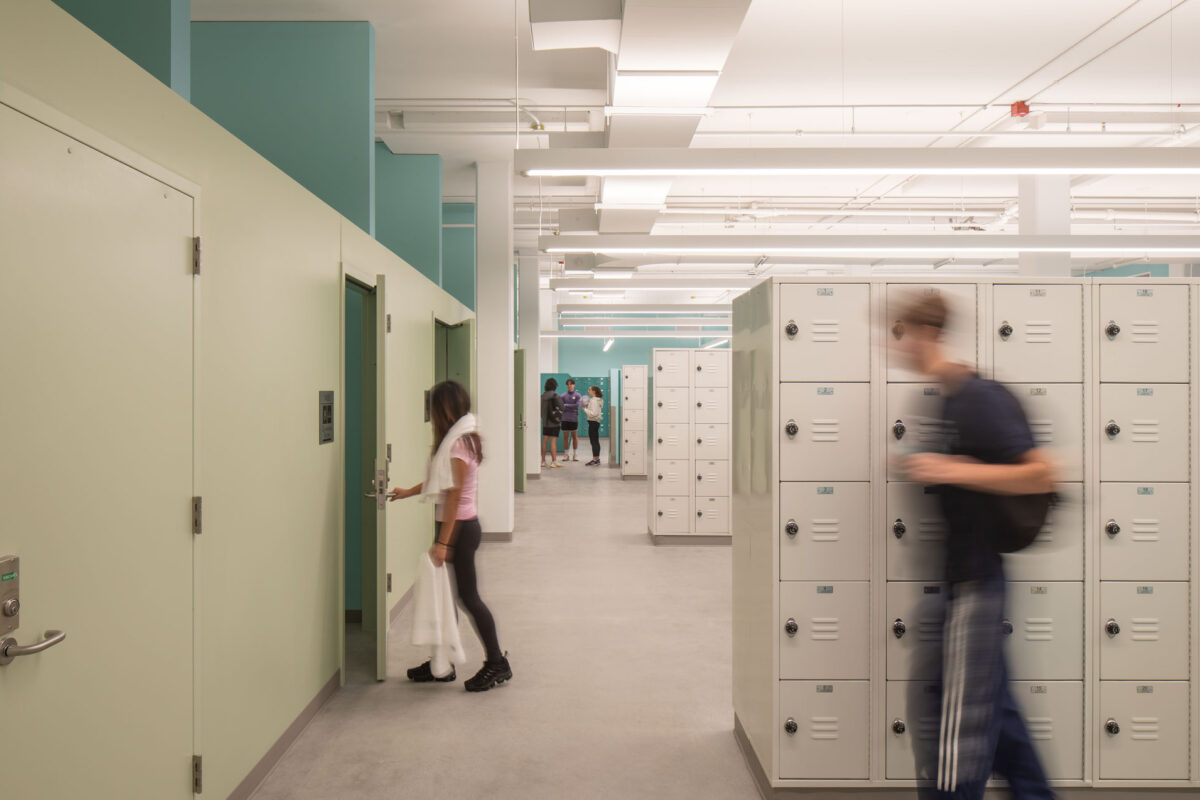Gender-Inclusive & All-Gender Design Strategies for Restroom & Locker Room Facilities

First envisioned as an inclusive design strategy to support transgender and gender diverse people who may otherwise find gender-specific facilities intimidating or unsafe, the benefits of gender-inclusive design turn out to provide safety, comfort and privacy to a wide array of people. From those who may require the assistance of a caregiver of a different gender, to parents with children of a different gender, to those who experience body image issues and are seeking more individual privacy – thoughtfully designed gender-inclusive facilities have emerged as supportive of the entire community.
Designers and clients looking for a roadmap to well-designed, functional and code-compliant gender inclusive restroom and locker room facilities will find that a wide range of planning and design solutions have emerged over the last several years.
How these issues are resolved for different sports and athletic function, including team meetings, changing and locker rooms, and the interplay with coaching offices has added an additional level of design exploration.
Opsis’s case study updates the initial 2020 case study, reviewing both high school and higher education facilities to explore and summarize: an outline of key design issues, key planning considerations and concepts, and space requirements and technical details of each strategy.


